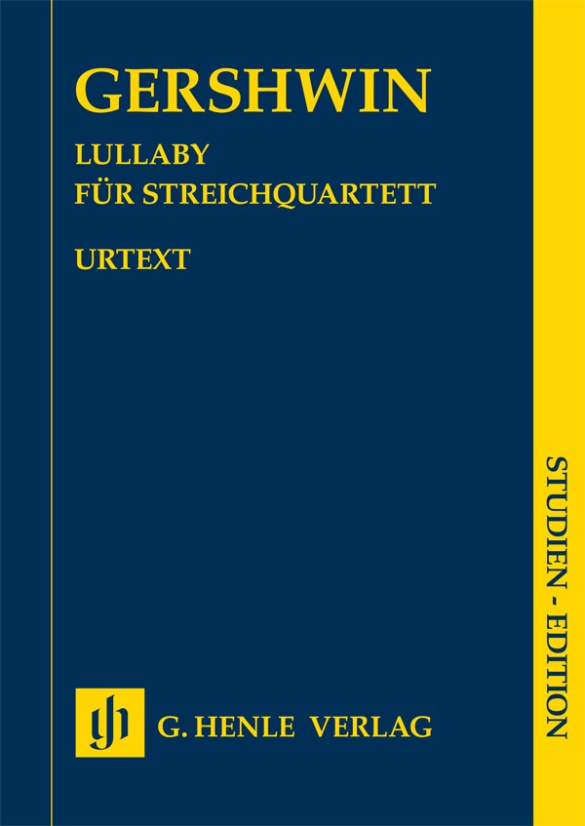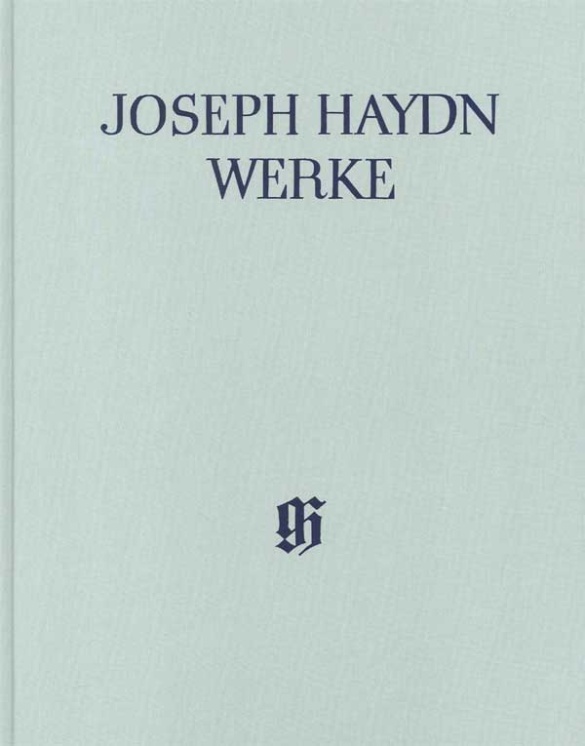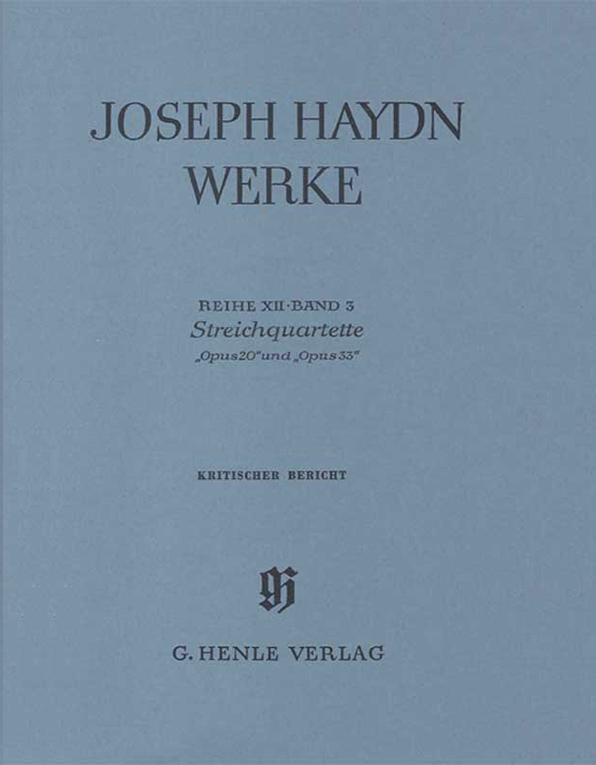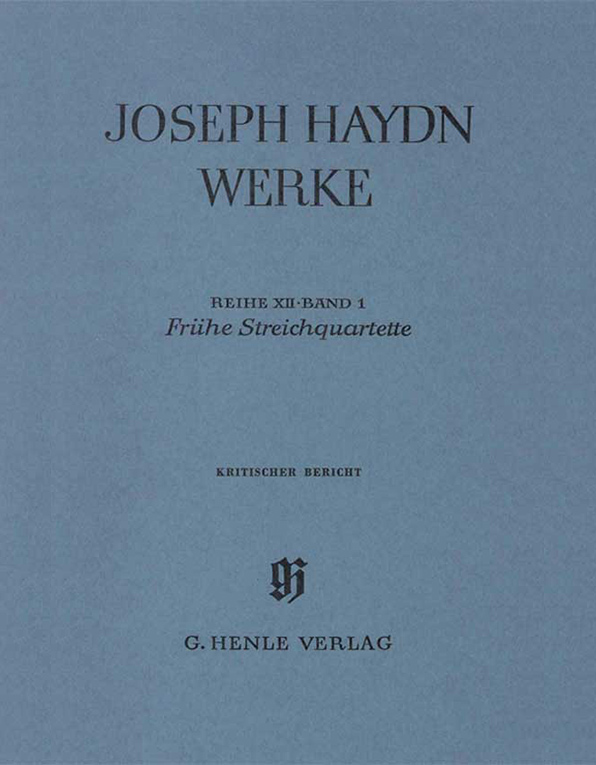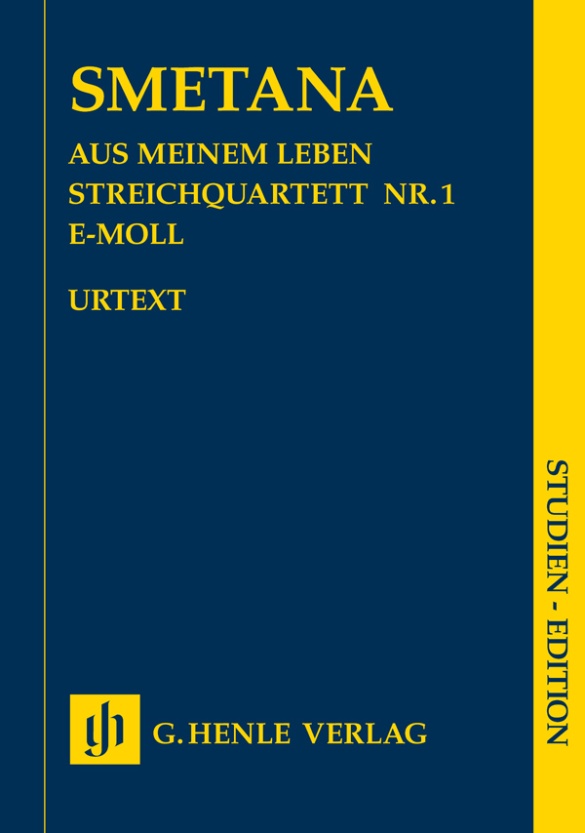

Bedrich Smetana
From My Life - String Quartet no. 1 e minor
When Smetana completed his Quartet in e minor in dark and dismal colours in 1876, he had already been completely deaf for two years. Which musician is not familiar with the fateful passage in the fourth movement, in which Smetana symbolizes the beginning of his illness with a violin note in an extremely high position?
The previous movements tell of happier times in his life; an extensive extract from a letter about this is cited in the preface to our edition. Smetana, who at the time received a ridiculously small fee from his publisher, could not foresee that this work would later be considered one of the most famous string quartets of all time.
Content/Details
About the Composer
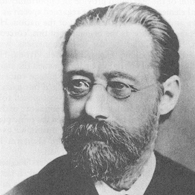
Bedrich Smetana
His work is regarded as a realization of a Czech nationalist musical style. His oeuvre comprises eight operas, symphonic poems, a little chamber music, numerous piano compositions, several vocal works, and songs.
About the Authors
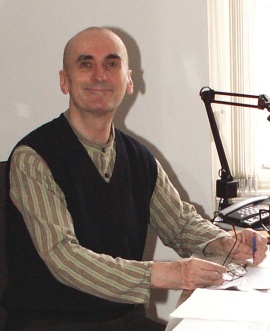
Milan Pospísil (Editor)
Dr. Milan Pospíšil, born in 1945, studied music theory and music history at the Charles University in Prague as well as at the Ruhr-Universität in Bochum (1963–1969); in 1971 he did his doctorate there with a thesis on “Giacomo Meyerbeer: Les Huguenots. Příspěvek k analýze stylu”, and at the Czechoslovak Academy of Sciences in 1988 on “Antonín Dvořák: Dimitrij, op. 64. Kritická edice”.
He worked as a specialist and scholar at the Czechoslovak Academy of Sciences (now Academy of Science of the Czech Republic) in Prague for almost 30 years. In 1981 he co-founded the Smetana Festival and the interdisciplinary symposium on the issues of the 19th century in Pilsen, which still takes place today. Since 2000 he has been the curator and a research associate at the National Museum in Prague.
Product Safety Informations (GPSR)

G. Henle Verlag
Here you can find the information about the manufacturer of the product.G. Henle Verlag e.K.
Forstenrieder Allee 122
81476 München
Germany
info@henle.de
www.henle.com
推荐
autogenerated_cross_selling
本书目其他版本
本书目其他版本


